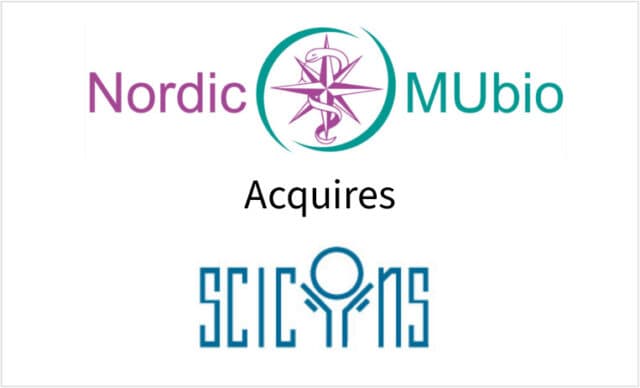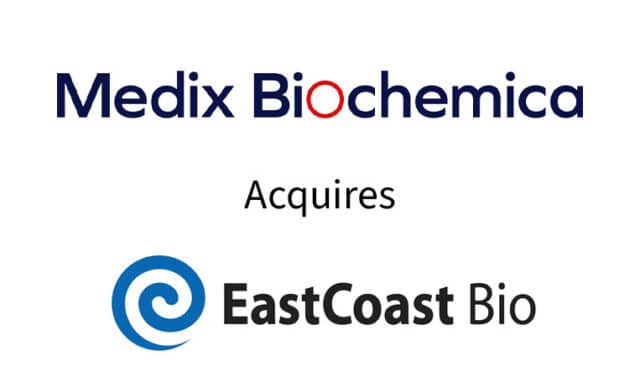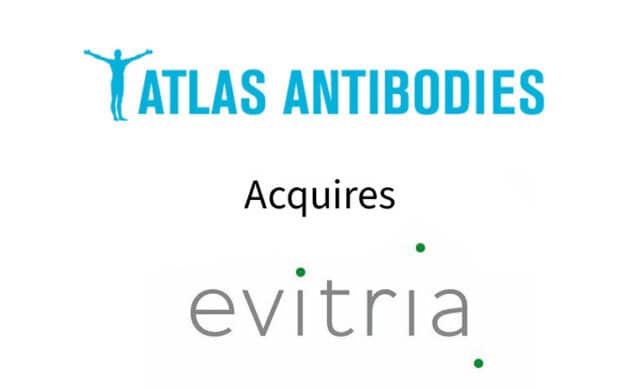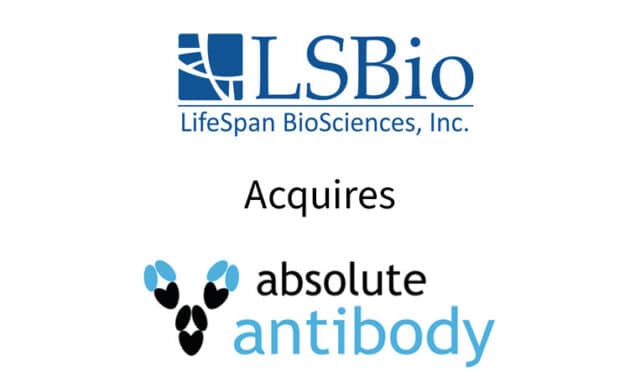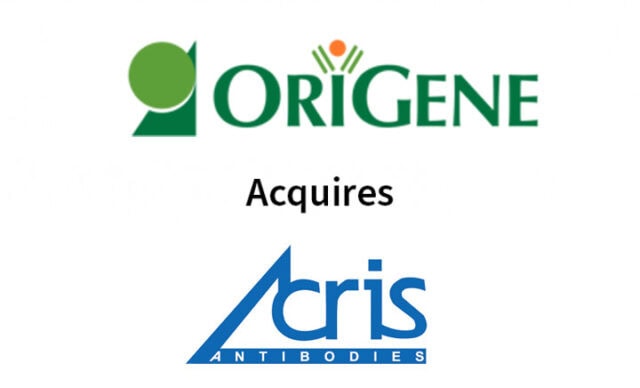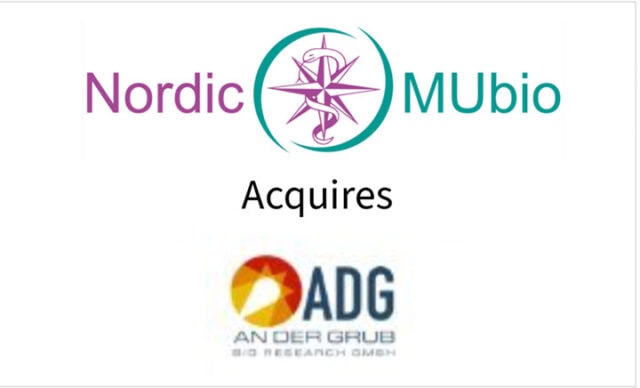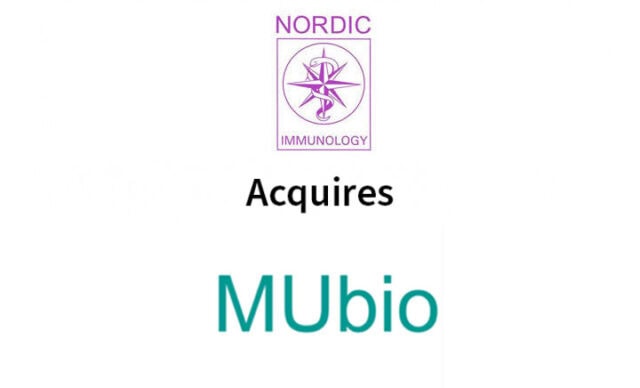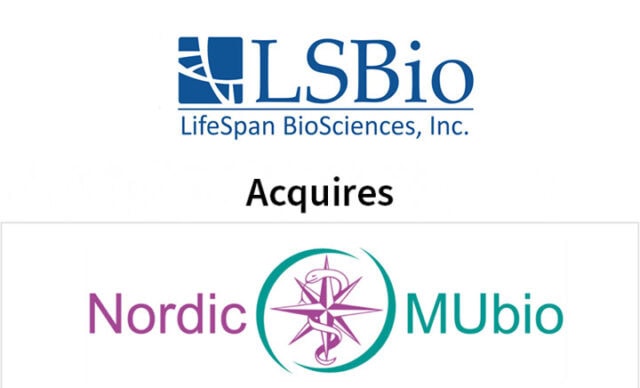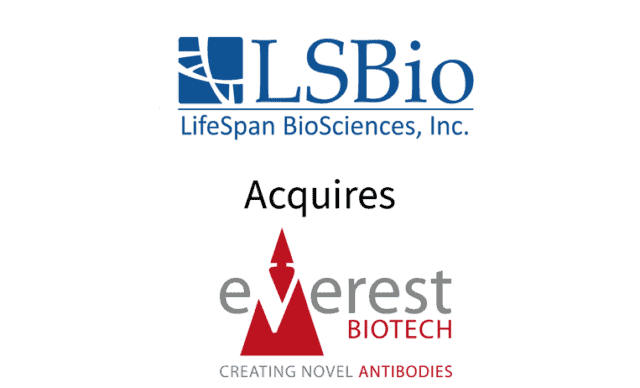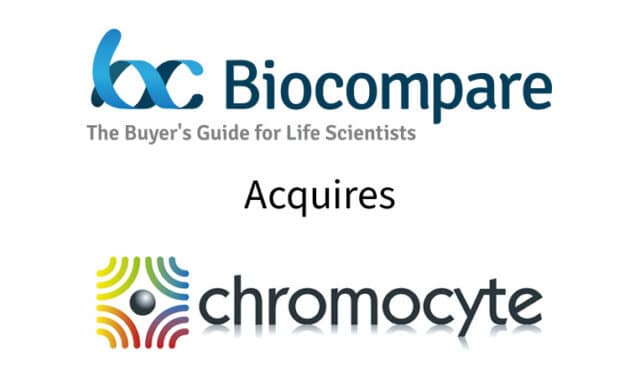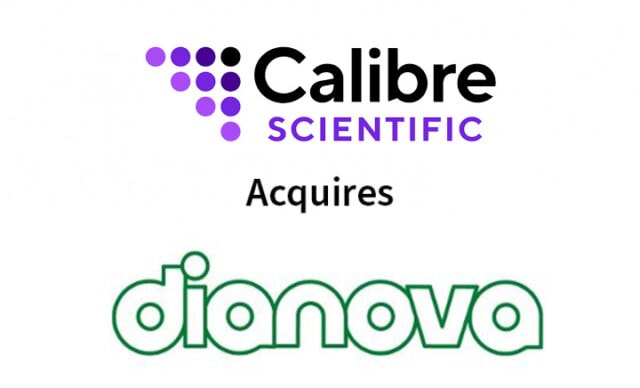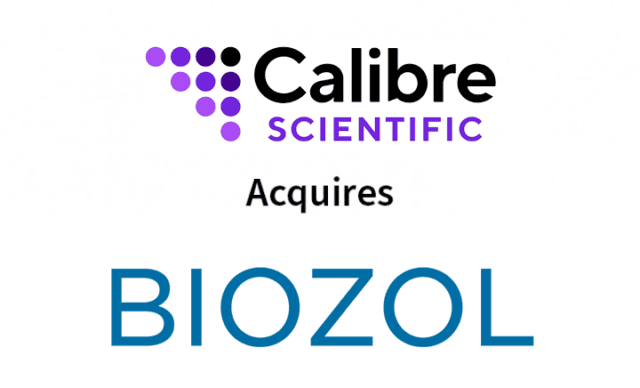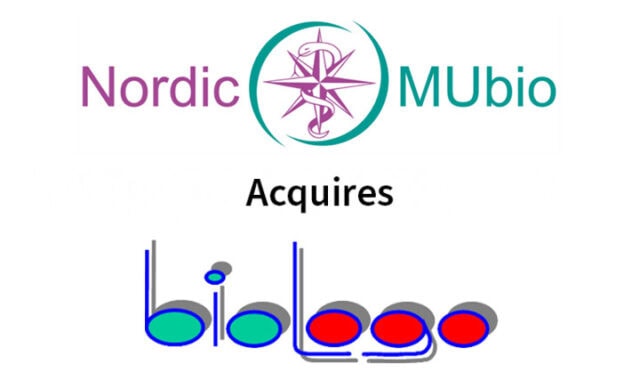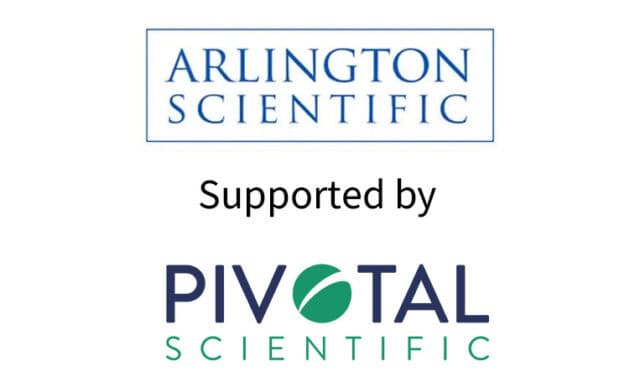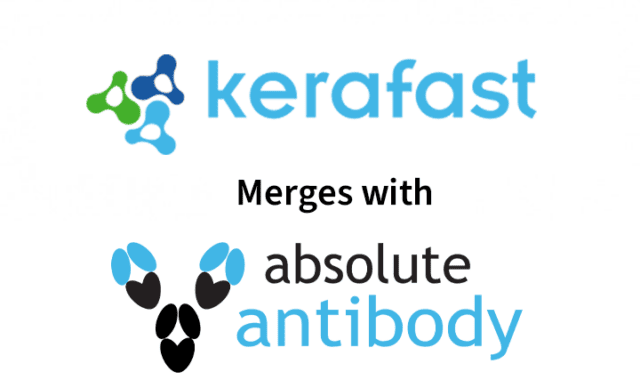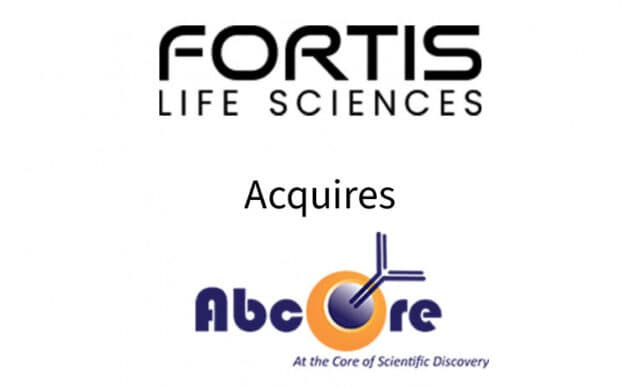Calibre Scientific is pleased to announce that it has completed the acquisition of BIOZOL Diagnostica Vertrieb GmbH. BIOZOL, an independent distributor of life science products across Germany.
Los Angeles, CA (May 14, 2018) – Calibre Scientific is pleased to announce that it has completed the acquisition of BIOZOL Diagnostica Vertrieb GmbH (“BIOZOL“ or the “Company”), an independent distributor of life science products across Germany.
Headquartered just outside of Munich, Germany, BIOZOL is one of the largest independent distributors of life science products with a broad offering that spans a variety of innovative suppliers. Its product portfolio of more than 6 million SKUs includes antibodies, proteins, ELISAs, detection kits, biochemicals, reagents and diagnostics kits. Supported by an employee base with deep scientific knowledge, BIOZOL is able to provide a true consultative approach to meet the growing needs of its broad base of customers. This highly diversified client base includes major universities, private and public research institutions, biotechnology, diagnostics and pharmaceutical companies.
“We are excited to add BIOZOL to the Calibre Scientific family as its size and scale in Germany presents actionable growth opportunities for the two companies,” said Ben Travis, CEO of Calibre Scientific. “BIOZOL has built a great reputation in the marketplace over the last 25+ years and we look forward to continuing on that tradition by adding new innovative suppliers to the portfolio to provide a comprehensive solution set with the goal of becoming a single-source provider for our customers.”
“This is an exciting time for all of us,” stated BIOZOL’s Managing Director, Ralf Bäuerle. “The management team at Calibre Scientific shared our vision for driving growth over the coming years and we look forward to leveraging their vast experience in the life sciences industry to help elevate BIOZOL to the next level with the goal of enhancing our capabilities in Germany and beyond.”






